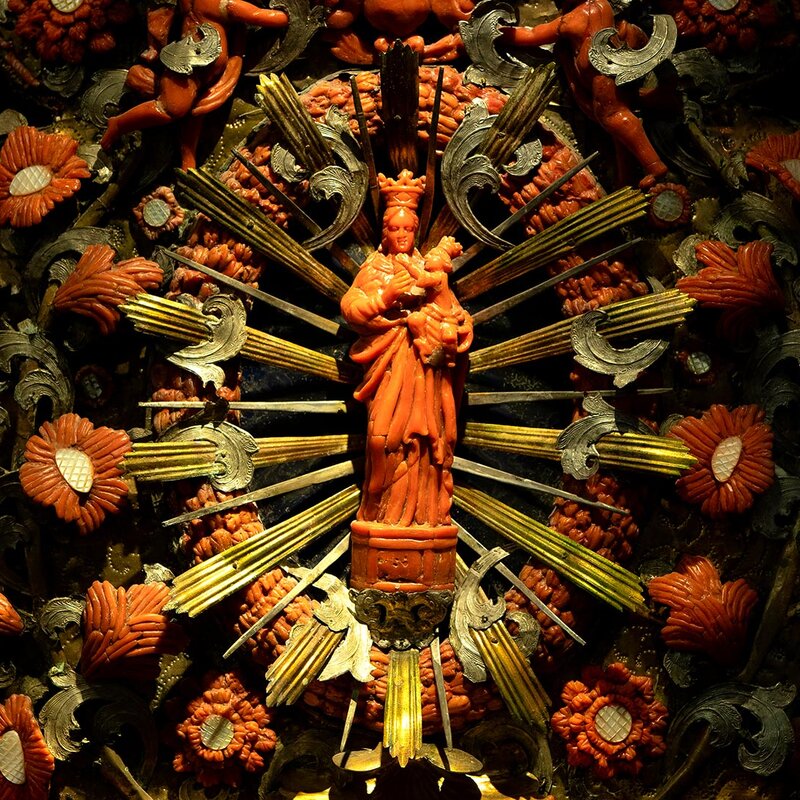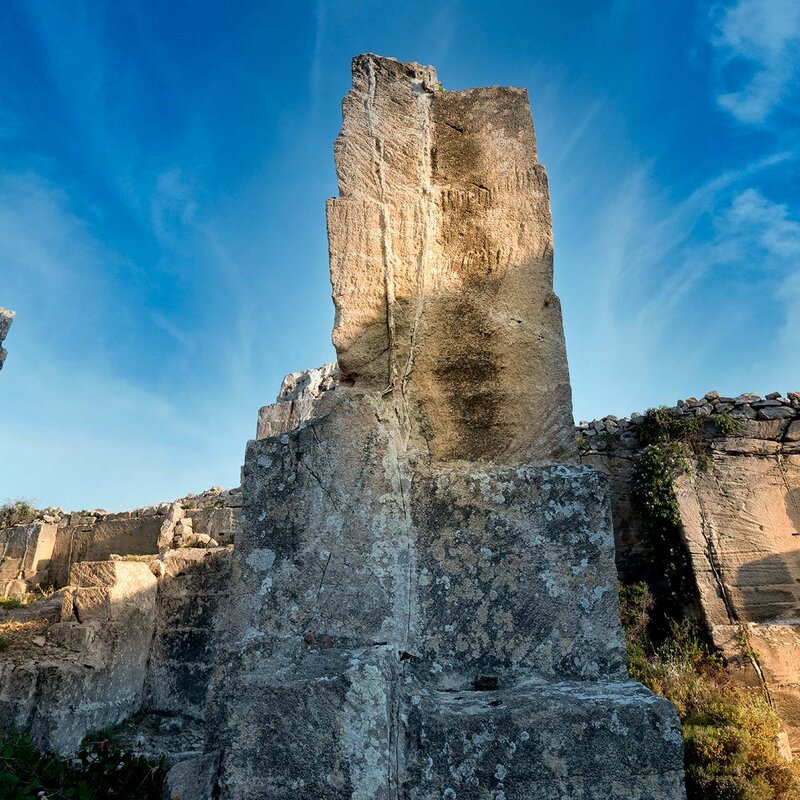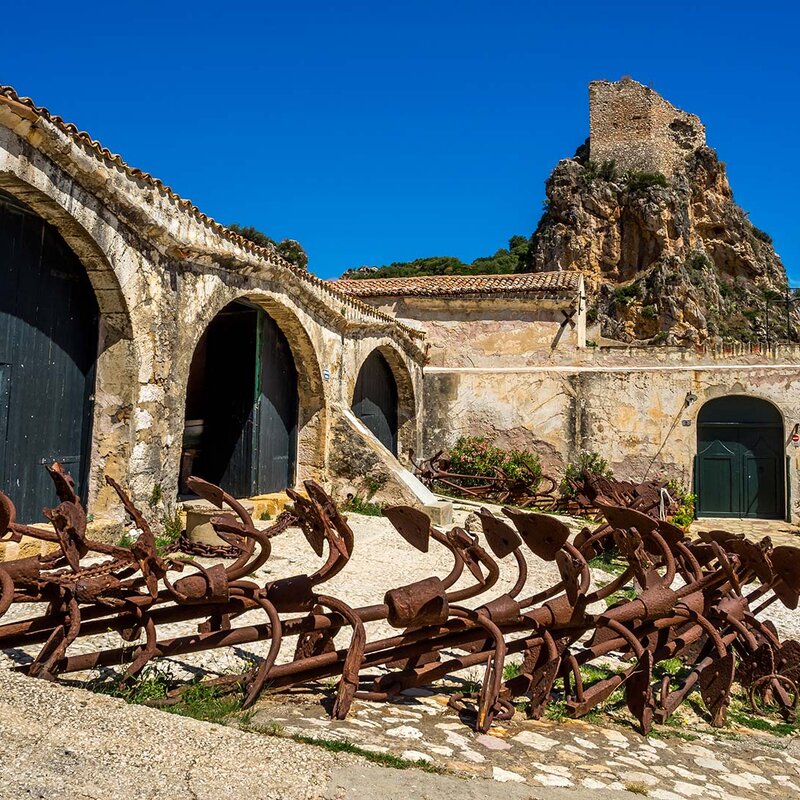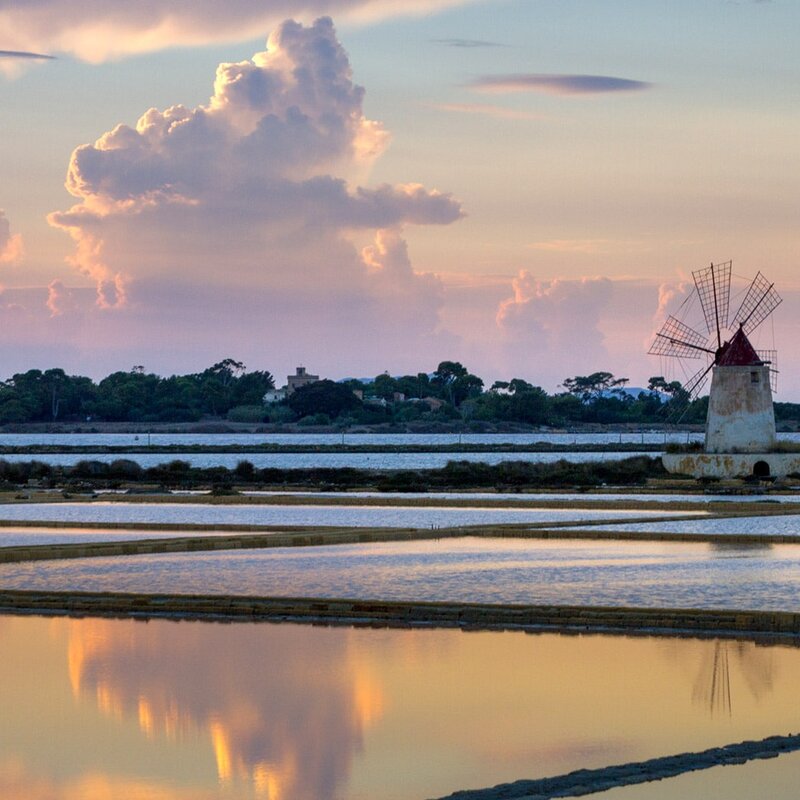Warp and weft. The art of rug making
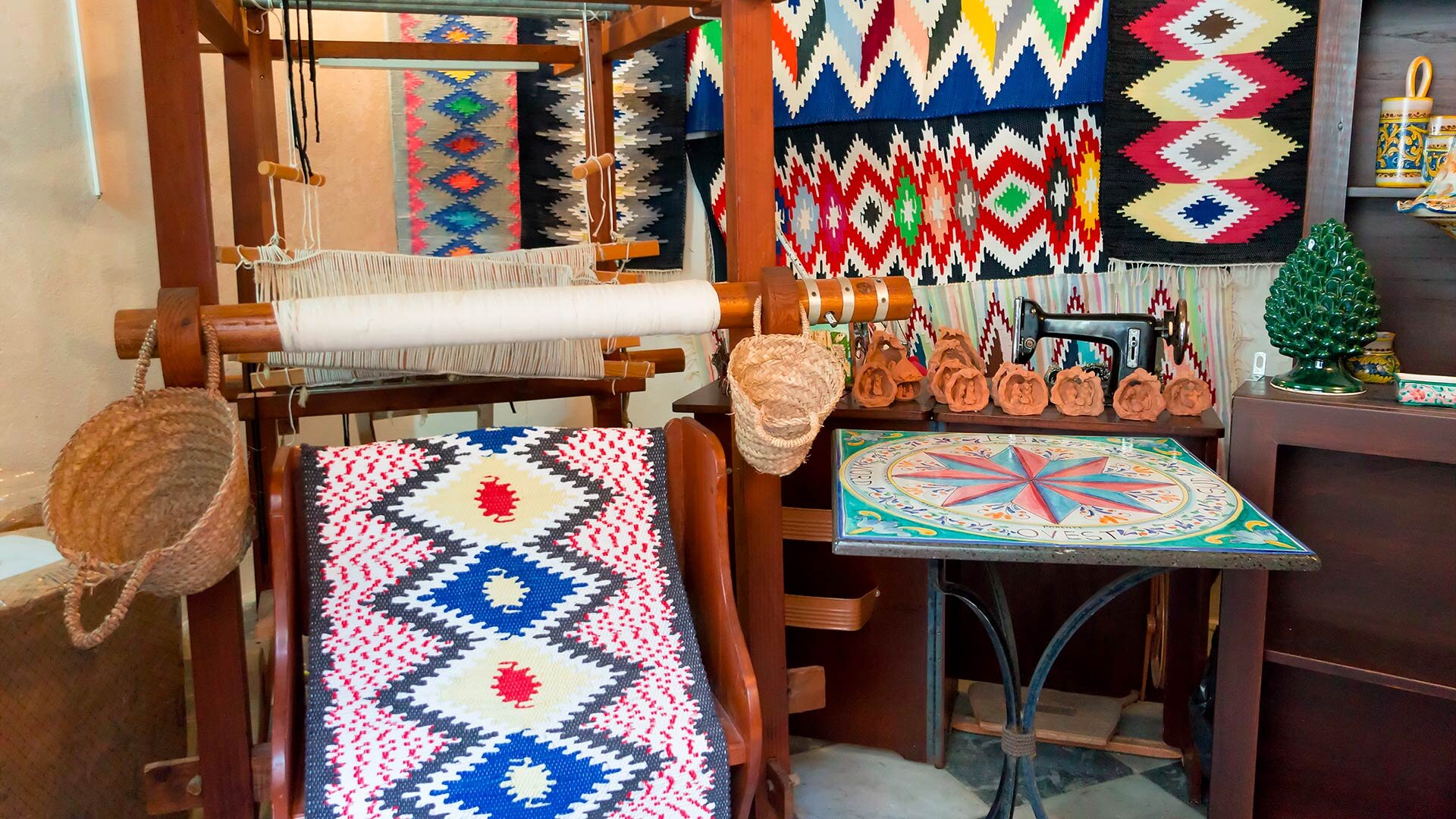
Among these, the textile tradition of rug-making is a fascinating ethno-anthropological and artistic legacy, in which women are the protagonists, linked to the development of workshops dedicated to the production of wool and the weaving of cloth during the 13th century and which continued to persist in Agro-Ericino, forming part of its cultural and economic identity.
In Buseto Palizzolo, ancient “bagli” and “masserie” (fortified farmhouses) often still house traditional activities that have been passed down through generations, that are seldom found elsewhere in Italy today.
In particular, the activity of weaving rugs, the so-called “trappita”, decorated with bright colours and geometric patterns, is typical of this area.
In Erice, the popular frazzate rugs are the result of the imagination and skill of women, who have handed down ancient knowledge from mother to daughter.
In Erice’s artisan workshops, this knowledge is put into practice every day. Here, as well as finding the most beautiful frazzate for your home, you can experience these textile practices first-hand, and be entranced by the motion of the hand looms, where a series of parallel threads are arranged, through which strips of cloth, often offcuts, are passed.
